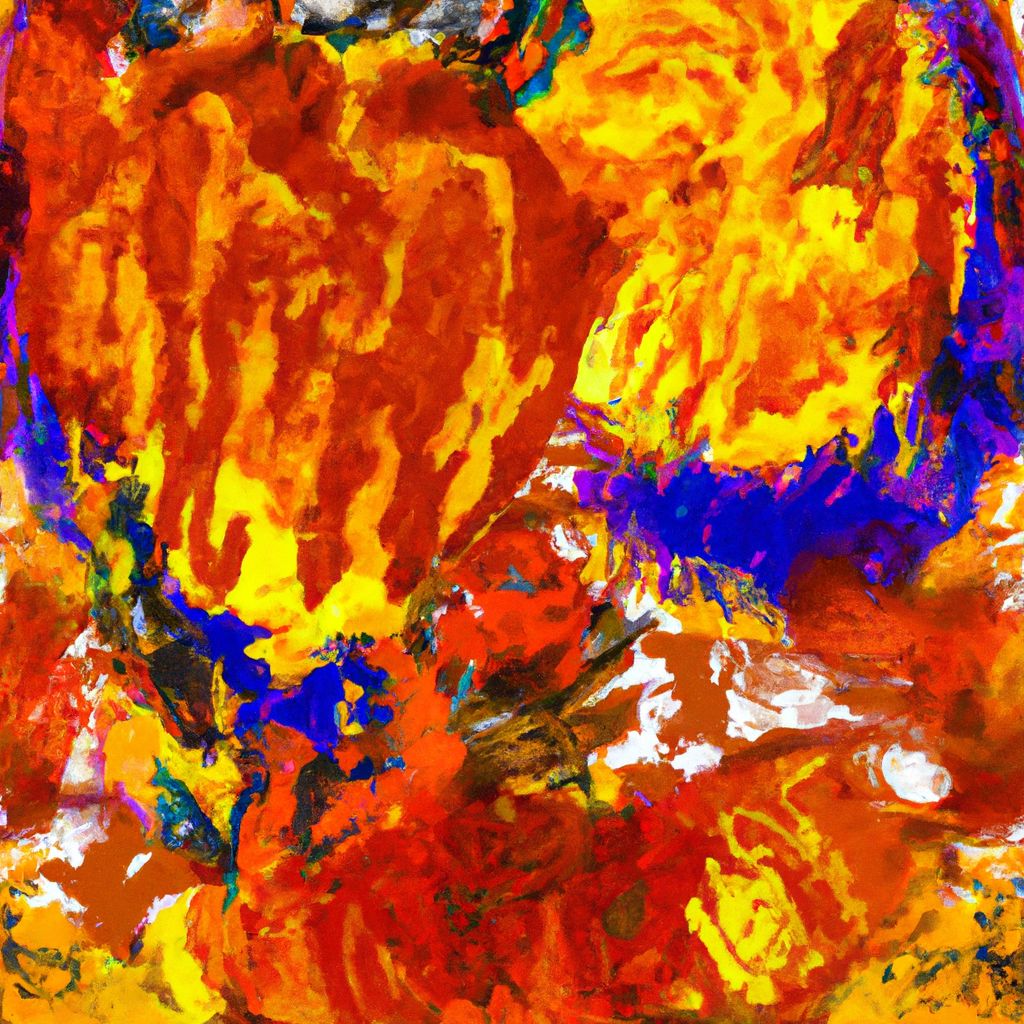Art has always been a medium of self-expression and a way for artists to showcase their creativity. With the advent of technology, a new form of art has emerged - digital art. This innovative art form allows artists to create stunning masterpieces using digital tools and techniques. In this article, we will delve into the world of digital art, exploring its various aspects and providing you with the knowledge to embark on your own digital art journey.
The Essence of Digital Art
Digital art refers to any artistic work that is created or manipulated using digital technology. It encompasses a wide range of mediums, including digital painting, 3D modeling, animation, graphic design, and more. Artists use specialized software and hardware to create their digital artworks, which can then be shared and displayed in various digital formats.
One of the key advantages of digital art is its flexibility and versatility. Artists can experiment with different styles, colors, and techniques without the limitations of traditional art materials. Digital art provides an infinite canvas where imagination knows no bounds.
Tools of the Trade
Creating digital art requires specific tools and software. Let's take a look at some of the essential tools that every digital artist should have:
- A Graphics Tablet: A graphics tablet, also known as a drawing tablet, is a device that allows artists to draw directly on a digital surface with a stylus or pen. It provides the precision and control needed for detailed artwork.
- Digital Painting Software: Software such as Adobe Photoshop, Corel Painter, or Procreate offers a wide range of brushes, textures, and effects that simulate traditional painting techniques. These programs provide a plethora of tools and features to bring your digital art to life.
- 3D Modeling Software: For artists interested in creating three-dimensional artworks, software like Autodesk Maya, Blender, or ZBrush allows for the creation of complex 3D models. These programs enable artists to sculpt, texture, and animate their digital creations.
- Graphic Design Software: Graphic design software like Adobe Illustrator or Affinity Designer is essential for creating logos, illustrations, and vector-based artwork. These programs offer powerful tools for precise and scalable graphics.
Techniques and Styles in Digital Art
Just like traditional art, digital art encompasses a wide range of techniques and styles. Let's explore some popular techniques and styles used in digital art:
1. Digital Painting
Digital painting involves using digital brushes and tools to create paintings that mimic traditional media. Artists can create stunning landscapes, portraits, or abstract artworks using various brush strokes, textures, and color palettes.
2. 3D Modeling and Sculpting
With 3D modeling and sculpting, artists can create three-dimensional objects and characters. This technique is often used in animation, game design, and visual effects. Artists can sculpt intricate details, texture their models, and bring them to life through animation.
3. Photo Manipulation
Photo manipulation involves altering and enhancing photographs using digital tools. Artists combine multiple images, adjust colors and lighting, and apply various effects to create surreal or hyper-realistic compositions.
4. Vector Art
Vector art is created using mathematical formulas to create precise and scalable graphics. Artists use points, lines, and shapes to create illustrations, logos, and typography. Vector art can be resized without losing quality, making it ideal for print and digital media.
Benefits of Digital Art
Digital art offers numerous advantages over traditional art forms:
- Unlimited Undo and Redo: Digital art allows artists to easily undo or redo their actions, providing more room for experimentation and error correction.
- Efficiency: Digital art eliminates the need for physical materials, such as paint and brushes. Artists can work from anywhere, as long as they have access to their digital tools.
- Non-Destructive Editing: Digital art software allows artists to make changes to their artwork without damaging the original file. This flexibility encourages exploration and revision.
- Easy Sharing and Reproduction: Digital art can be easily shared online, reaching a wider audience. It can also be reproduced in various formats, such as prints or merchandise.
Exploring Digital Art Communities
Engaging with the digital art community can be an enriching experience. There are numerous online platforms and communities dedicated to digital art, where artists can showcase their work, receive feedback, and connect with fellow artists.
Some popular digital art platforms include DeviantArt, ArtStation, Behance, and Dribbble. These platforms provide a space for artists to share their creations, participate in contests, and discover inspiration from other artists.
Conclusion
Digital art opens up a world of endless possibilities for artists. With the right tools, techniques, and a dash of creativity, you can create captivating digital artwork that pushes the boundaries of imagination. So, grab your graphics tablet, choose your digital brushes, and let your creativity soar on the digital canvas.


